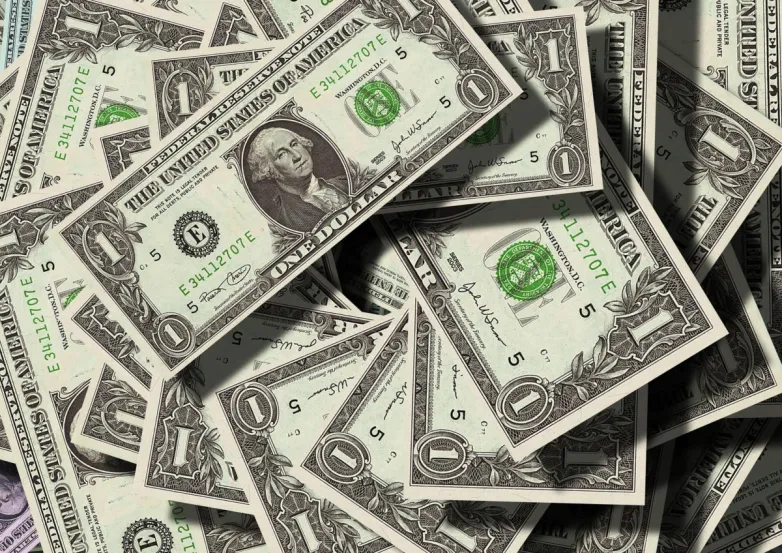Green bonds lead sustainable funding past $1tn mark
Oct 20, 2019 12:52 PM ET
- Since debuting in 2007, green bonds have raised nearly $800 billion for investment in clean energy and other sustainability projects and companies are now pegging bond interest payments to their environmental performance.

With green bonds having raised $788 billion of finance for clean energy investment to date, other sustainability-linked and social fundraising exercises have taken the sustainable lending market past the $1 trillion mark.
The development was announced at the Sustainable Bonds Forum event hosted by World Bank private finance arm the International Finance Corporation in Washington DC yesterday and reported by business intelligence firm BloombergNEF.
BNEF stated green bonds, which debuted on finance markets in 2007, still contribute the lion’s share – 77% – of sustainable debt. Such instruments constitute corporate fundraising exercises to generate capital for clean energy and other sustainable investment.
Renewable energy incentive
However, sustainability-linked loans and bonds have started to emerge since September, when Italian utility Enel SpA issued a $1.5 billion bond upon which it committed to paying higher returns to investors if it falls short of its renewable energy generation targets.
According to a press release issued by BloombergNEF yesterday, sustainability-linked loans make up 10% of the sustainable debt market and similarly configured bonds are also starting to make a contribution. Bonds issued to generate funds for sustainable investment account for 7% of sustainable borrowing, according to the market intelligence company.
“Reaching the trillion dollar milestone is a key moment for the sustainable debt market,” said Angus McCrone, chief editor at BNEF, “if this market wasn’t already on the radar of major global investors, it will be now. This is just the beginning – while it took 12 years to find the first trillion dollars of sustainable debt capital it will take much less time to reach the second trillion.”
Also read

